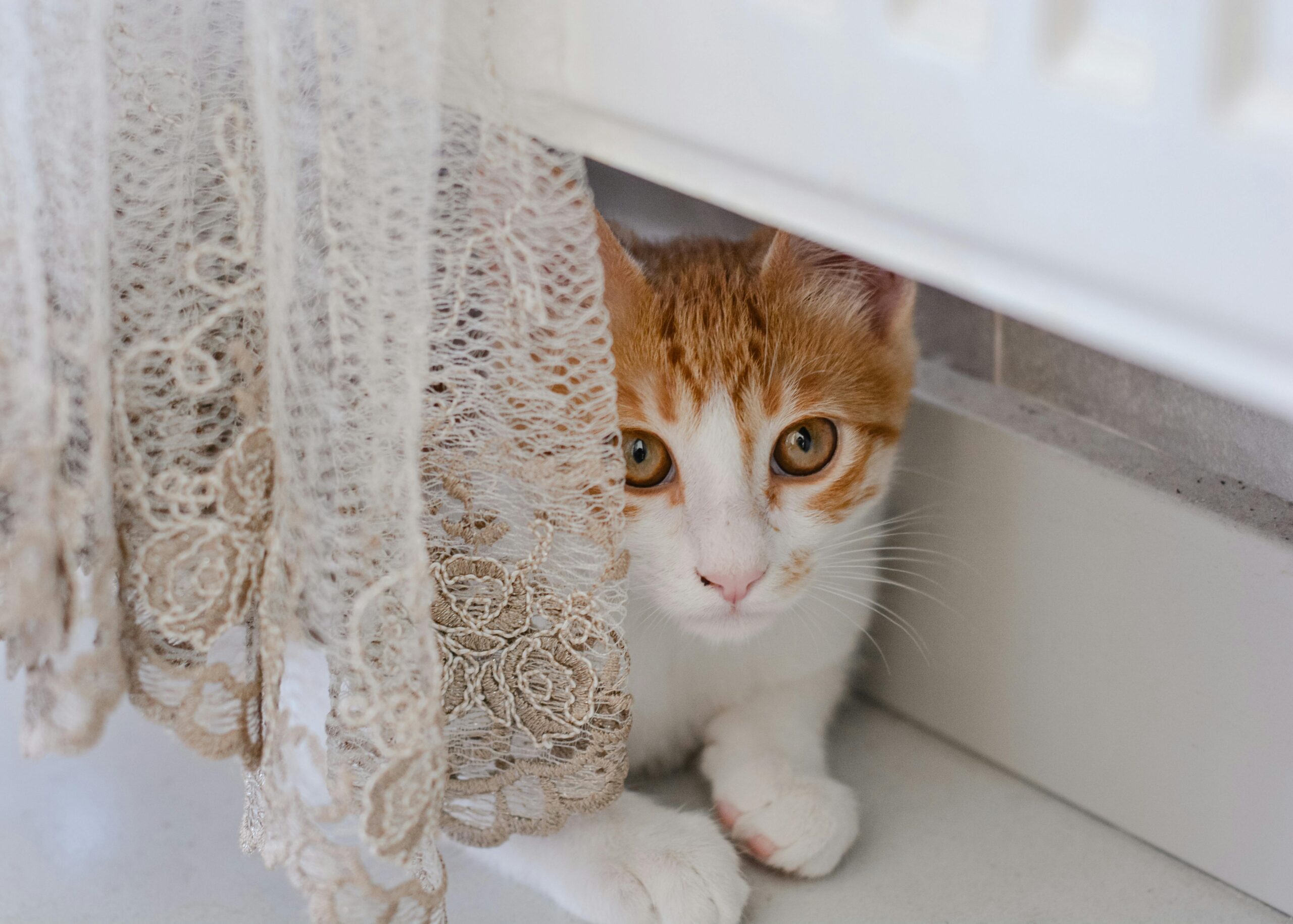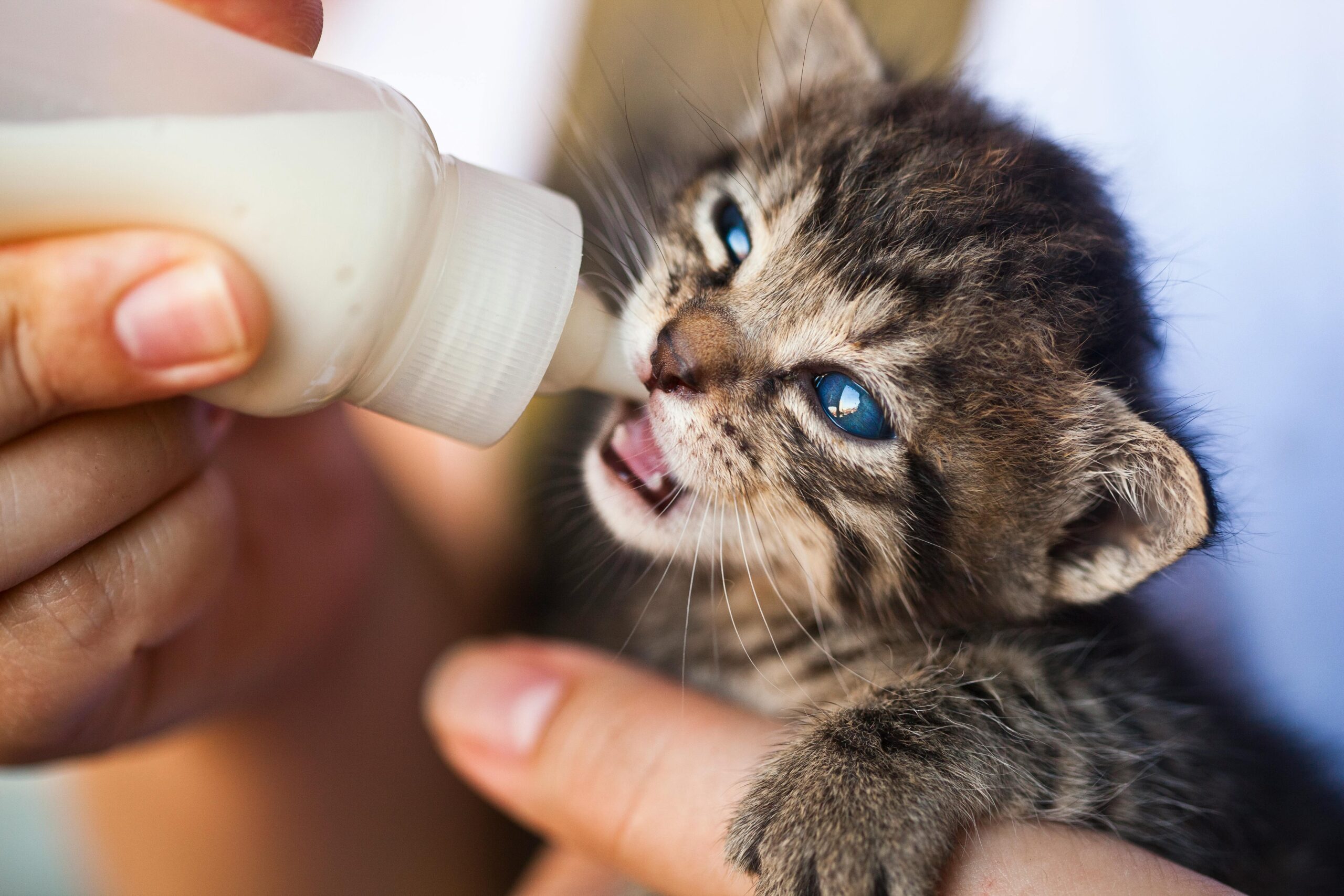A cat urinary blockage is extremely dangerous for two reasons: the signs are easy to miss, and it can become fatal very quickly. Urinary blockages in cats occur when the urethra (the tube that carries urine from the bladder out of the body) becomes blocked. This prevents them from urinating, leading to a buildup of toxins in the bloodstream which can cause kidney failure and death. While treatable, it requires immediate veterinary attention.
Table of Contents
My Experience With A Cat Urinary Blockage
Me and my cat, Luigi, went through a terrifying ordeal because of urinary blockages. I had gone away overnight and when I returned home the follwing evening, it was obvious that Luigi wasn’t feeling well. When I had left they day before, he looked very healthy and was behaving like himself. I have seen Luigi and his brother, Mario, not feeling well a number of times, but, this time was different. Somehow, he looked more pitiful than what I would have expected. Naturally, I was worried about him, but figured I would wait until morning and if he hadn’t improved, I would take him to the vet.
I didn’t end up sleeping well that night — knowing that Luigi must have been feeling pretty bad made me anxious. The next morning, I woke up, found Luigi in his hiding spot, looked at him, and make an appointment at a pet urgent care immediately. A couple of hours later, he was havings his vital checked by the vet tech when she noticed that his bladder felt a little firm. She took Luigi away to see the vet who, shortly afterward, came in to give me the news. Luigi had a urinary blockage and steps needed to be taken right away.
We spent a few hours at urgent care while the veterinary team did what they could to stabilize Luigi enough to transfer him to a hospital. He would need to undergo procedures to identify what was causing the blockage and go from there. Fast forward, Luigi ended up staying three or four nights in the hospital and getting surgery to remove bladder stones. When he eventually came home, he was doing as well as I would expect during recovery. Within a few days, I realized he wasn’t urinating as much as I thought he should be at that point.
Eventually, I took him to his regular vet and discovered that he had another urinary blockage. It had only been about three weeks. I rushed him back to the hospital where he stayed for another few days. This time, thankfully, stones were not causing the blockage. At the end of it all, it seemed to be caused by inflammation. Once Luigi came home the second time, he recovered much more quickly and with a new urinary diet, has done well since.
While I am so grateful that I was able to get Luigi the care he needed, if I had delayed just a few hours, blockage could have been fatal. This ordeal taught me the importance knowing the signs of a cat urinary blockage, not waiting to go to the vet, and pet insurance.
What Causes A Cat Urinary Blockage?

Urinary Crystals and Stones
Urinary crystals and stones are solid masses that can form within a cat’s urinary tract. These formations develop when certain minerals in the urine become concentrated and solidify. Different types of crystals exist, such as struvite and calcium oxalate. While small crystals may pass through the urinary tract without issue, larger ones or a significant buildup can obstruct the urethra, the tube that carries urine out of the body. This blockage prevents the cat from urinating, leading to a dangerous buildup of toxins in the bloodstream.
Urethral Plugs
Urinary plugs are a common cause of urinary blockages in male cats. These plugs are not solid masses like stones, but rather a combination of cellular debris, mucus, crystals, and other substances that can form a sticky obstruction within the urethra. This blockage prevents urine from flowing out of the bladder, leading to a buildup of pressure and potentially life-threatening complications.
Urethral Strictures
Urethral strictures in cats refer to a narrowing of the urethra, the tube that carries urine from the bladder out of the body. This narrowing can be caused by various factors, including trauma (such as catheterization), inflammation, or scarring from previous infections. When a stricture develops, it can partially or completely obstruct the flow of urine. This blockage can lead to a buildup of pressure within the bladder, causing severe pain and potentially life-threatening complications like kidney failure.
Tumors
Tumors can obstruct the flow of urine in cats by growing within the urinary tract itself.1 These tumors can develop in various locations, including the bladder, urethra, or even the kidneys. As the tumor grows, it can physically block the passage of urine, preventing it from exiting the body.2 This blockage can lead to a buildup of pressure within the urinary tract, causing significant discomfort and even life-threatening complications for the cat.
Idiopatich Feline Urinary Tract Disease (FLUTD)
FLUTD stands for Feline Lower Urinary Tract Disease. It’s not a single disease, but rather an umbrella term for a variety of conditions that affect the lower urinary tract of cats.
Here’s what it encompasses:
- Bladder inflammation (cystitis): This is a common cause, often due to irritation or infection.
- Bladder stones (uroliths): These can form within the bladder and cause discomfort or blockage.
- Urethral obstructions: Blockages in the urethra can prevent urine from flowing out, a potentially life-threatening condition.
- Urinary tract infections (UTIs): Bacterial infections can cause inflammation and discomfort.
FLUTD can have various underlying causes, and proper diagnosis and treatment are crucial for your cat’s health.
Symptoms Of A Cat Urinary Blockage
Recognizing the subtle signs of a urinary blockage in cats can be challenging. Cats are masters at hiding illness, and subtle changes in behavior can easily be overlooked. For example, a slight decrease in appetite or a subtle change in litter box habits might not immediately raise concerns. However, even minor changes in a cat’s behavior can be an early warning sign of a serious underlying issue like a urinary blockage. Closely observing your cat’s daily routines, including litter box use, eating habits, and activity levels, is critical for early detection and prompt veterinary intervention.
If you notice any of the below symptoms, especially if they occur together, plan to get your cat to a vet immediately.
- Straining to urinate: Frequent attempts to urinate with little or no urine produced.
- Crying or vocalizing while trying to urinate.
- Blood in the urine (if any urine is produced).
- Licking the genital area excessively.
- Vomiting.
- Lethargy.
- Loss of appetite.
- Hiding.
Treatment For A Cat Urinary Blockage
Treatment for a urinary blockage in cats typically involves a multi-pronged approach. Here a some things you might expect to happen when treating urinary blockage in cats.
- Urethral Catheterization: A thin, flexible tube is carefully inserted into the urethra to relieve the blockage and allow urine to drain. This is often the first step in emergency treatment.
- Fluid Therapy: Intravenous fluids are administered to correct fluid and electrolyte imbalances that can occur due to dehydration and the inability to urinate.
- Pain Management: Medications are given to alleviate pain and discomfort associated with the blockage and any underlying conditions.
- Antibiotics: If a bacterial infection is present, antibiotics will be prescribed to treat it.
- Dietary Changes: Depending on the underlying cause of the blockage (such as bladder stones), the veterinarian may recommend a special prescription diet to help prevent future blockages.
Re-obstruction
Unfortunately, urinary obstructions can recur. Risk factors include:
- Underlying medical conditions: Such as FLUTD or hyperthyroidism.
- Diet: A diet high in minerals can increase the risk of stone formation.
- Obesity: Can increase pressure on the urinary tract.
- Stress: Can exacerbate FLUTD symptoms.
Preventing A Cat Urinary Blockage
- Provide plenty of fresh water.
- Maintain a healthy weight for your cat.
- Feed a high-quality diet appropriate for your cat’s age and health needs.
- Reduce stress in your home environment.
- Regular veterinary checkups: Allow for early detection and treatment of underlying conditions.
Disclaimer: This information is for general knowledge and informational purposes only and does not constitute medical advice. For any concerns regarding your cat’s health, consult with a qualified veterinarian.



